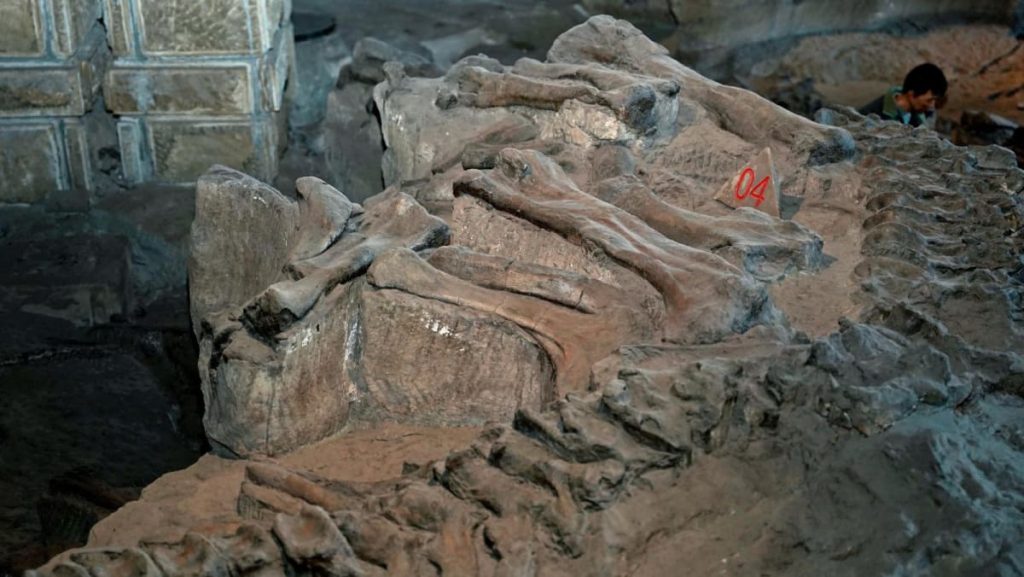China has emerged as a global leader in dinosaur fossil discoveries, boasting an unparalleled quantity and diversity of finds. This paleontological treasure trove provides invaluable insights into the evolution, behavior, and diversity of these prehistoric creatures. The abundance of fossils unearthed across the country has cemented China’s position at the forefront of dinosaur research, rivaling even the United States in the number of identified species. This remarkable paleontological record is not only scientifically significant but also contributes to local tourism and fuels ongoing research efforts.
The sheer number of dinosaur species identified in China, exceeding 300, underscores the country’s rich fossil heritage. Sites like the Dashanpu Middle Jurassic Dinosaur Fossils Site in Sichuan province stand as testaments to this paleontological richness, yielding a diverse array of fossils, from fish and amphibians to the iconic stegosaurus. These finds offer crucial evidence for understanding dinosaur classification, physiology, and evolutionary trajectories. The continuous stream of discoveries highlights the ongoing exploration and research efforts within China’s paleontological community.
The geographical spread of these discoveries further emphasizes the vastness of China’s fossil resources. From the northeastern province of Liaoning, where the first feathered dinosaur, Sinosauropteryx, was unearthed, to the dinosaur hotspot of Lufeng city in Yunnan province, and even the remote islands of Hong Kong, new discoveries are constantly being made. These geographically diverse findings contribute to a more complete understanding of dinosaur distribution and adaptation across different environments during prehistoric times.
The significance of these discoveries extends beyond simply adding to the catalog of known dinosaur species. The exquisite preservation of some fossils, such as those found in the Yanshan Mountains dating back 1.63 billion years, provides rare glimpses into ancient ecosystems and the long history of life on Earth. The discovery of the Gandititan Cavocaudatus in Jiangxi province showcases the immense size and unique characteristics of some dinosaur species, while the Yuanyanglong Bainian in Inner Mongolia introduces a new group of oviraptorosaurian dinosaurs, expanding our knowledge of dinosaur diversity.
The ongoing research and analysis of these fossils continue to reshape our understanding of dinosaur evolution. The discoveries of feathered dinosaurs in Liaoning, for instance, revolutionized our understanding of the link between dinosaurs and birds. Similarly, the discovery of the Yuanyanglong Bainian contributes to a more nuanced understanding of the oviraptorosaur family, highlighting the diverse adaptations and evolutionary pathways within this group. Each new discovery adds another piece to the complex puzzle of dinosaur history, illuminating the intricate web of life that existed millions of years ago.
China’s commitment to paleontological research is evident in the ongoing excavations and studies conducted across the country. These efforts not only contribute to scientific knowledge but also inspire public interest in paleontology and the history of life on Earth. The numerous dinosaur museums and fossil sites open to the public serve as educational resources and promote awareness of China’s rich paleontological heritage. The continued exploration and analysis of these fossil treasures promise further exciting discoveries and insights into the fascinating world of dinosaurs.

